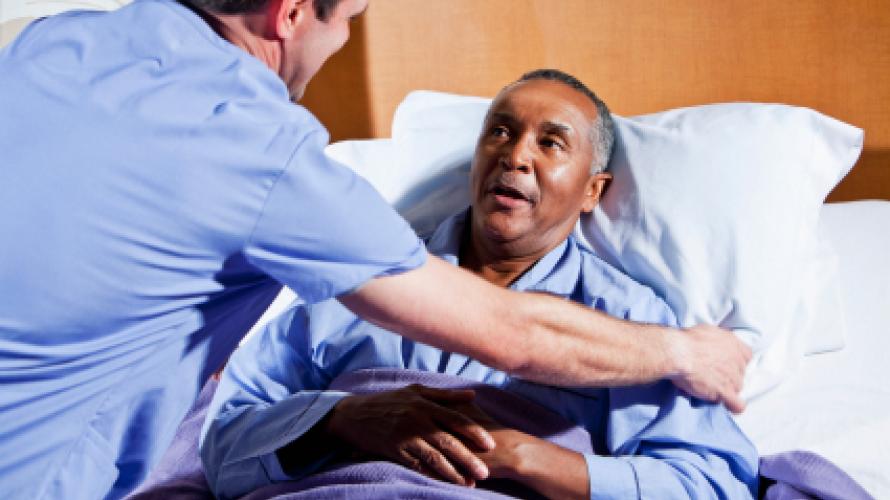
What is skin tolerance?
Skin tolerance is how much time your skin can stand to be under pressure before damage starts to occur. Each person's skin tolerance is different. Some people may need to relieve pressure very often, others may not have to do it as often, but they still need to do it!
Skin tolerance changes if you are sick, not eating well, have changes in posture or change the surface you sit or lie on. Inspect your skin more frequently under these circumstances.
How do I know what my skin can tolerate?
When you were in the hospital, the staff worked with you daily to help you build skin tolerance and know what limits your skin can handle. Discuss skin tolerance with your physician or seating specialist if you have questions.
The increase in redness of your skin after applying pressure (the first sign of a pressure sore) and the amount of time it takes for the redness to fade will tell you what your skin can tolerate and whether you need to increase your time between pressure reliefs.
Remember, no matter how many hours you sit in a wheelchair, you need to move yourself every 15 to 30 minutes.
How do I know if I can increase sitting time or time in one position?
Building up skin tolerance is a gradual process. You can build skin tolerance for any position, lying down or sitting, by following these steps:
- Lie in one position for the amount of time advised by your doctor.
- Look at your skin. Test if the pink areas of you skin turn white when touched.
- Stay off the area until the redness or pinkness clears completely.
- If redness or pinkness clears in 15-30 minutes, you may increase your time between pressure reliefs or turning by 30 minutes.
- If redness or pinkness does not clear in 15-30 minutes, do not increase your time between pressure reliefs or turning.
More in the Skincare and Pressure Sores series:
- Causes and Risks of Pressure Sores
- Preventing Pressure Sores
- How to Do Pressure Reliefs (Weight Shifts)
- Areas of the Body at High Risk for Pressure Sores
- Recognizing and Treating Pressure Sores
Authorship
This brochure was developed by the SCI Model System Dissemination Committee in collaboration with the University of Washington Model Systems Knowledge Translation Center. Portions of this document were adapted from materials produced by the SCI Model Systems.
Source: Our health information content is based on research evidence and/or professional consensus and has been reviewed and approved by an editorial team of experts from the SCI Model Systems.